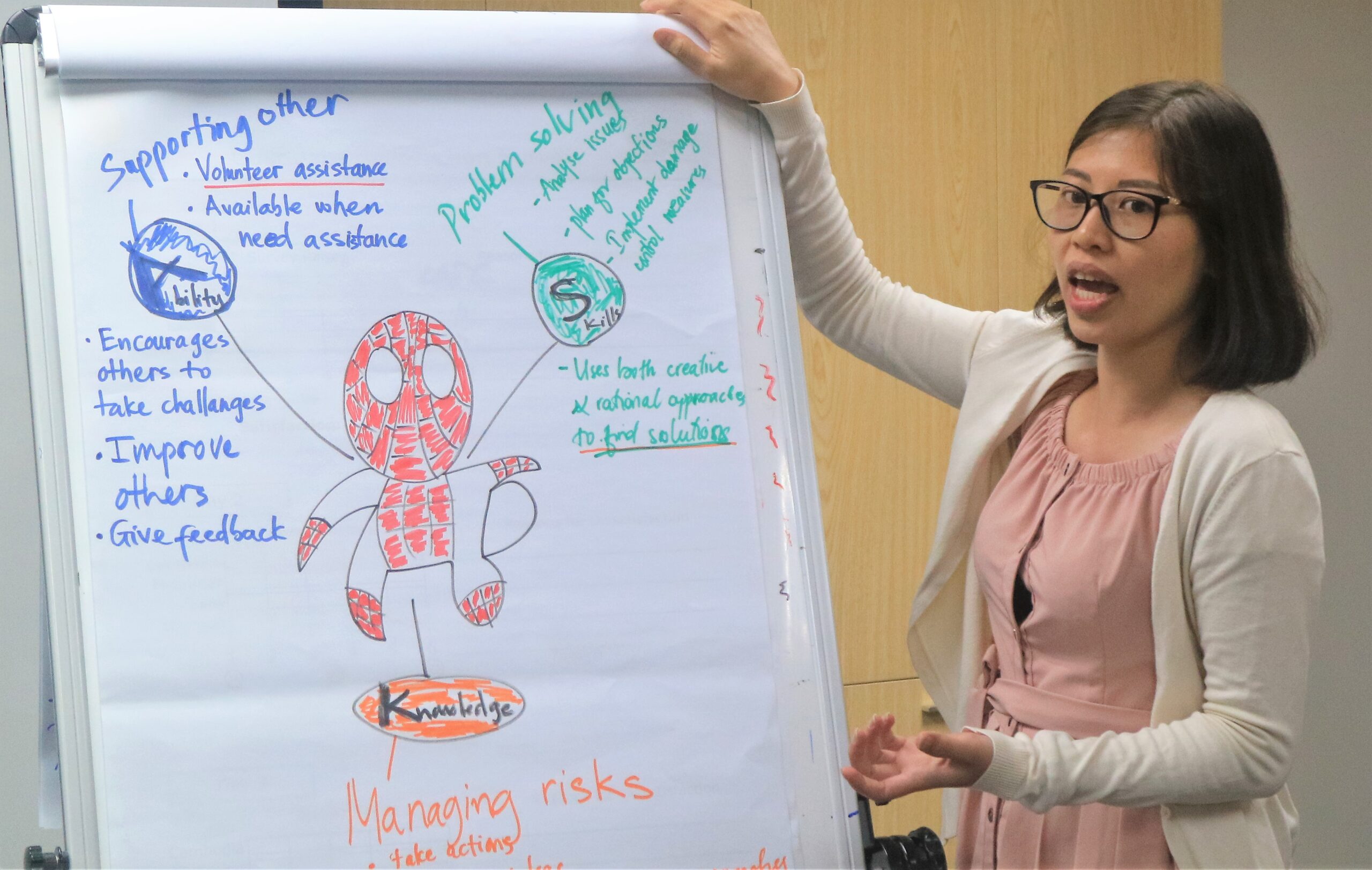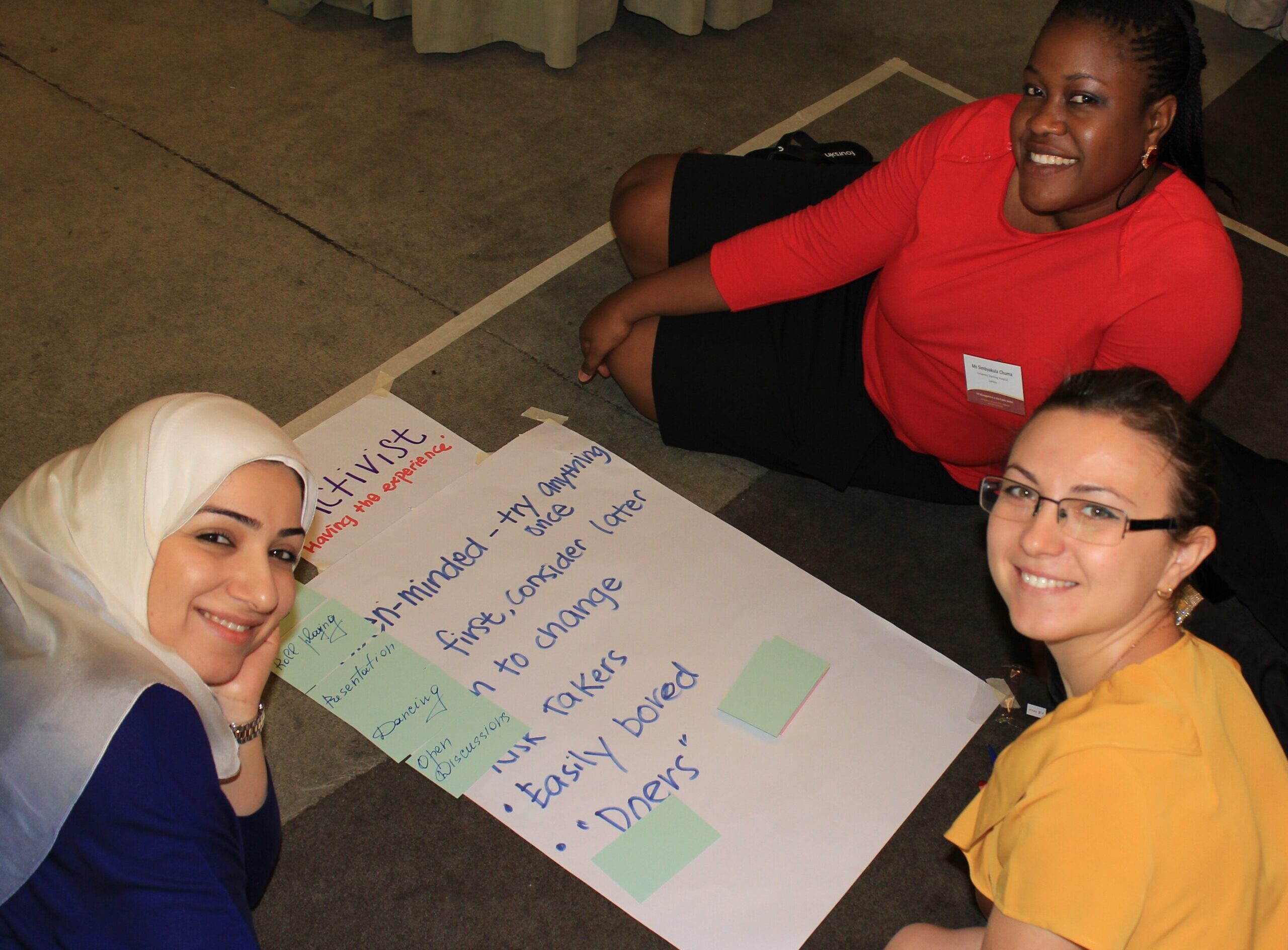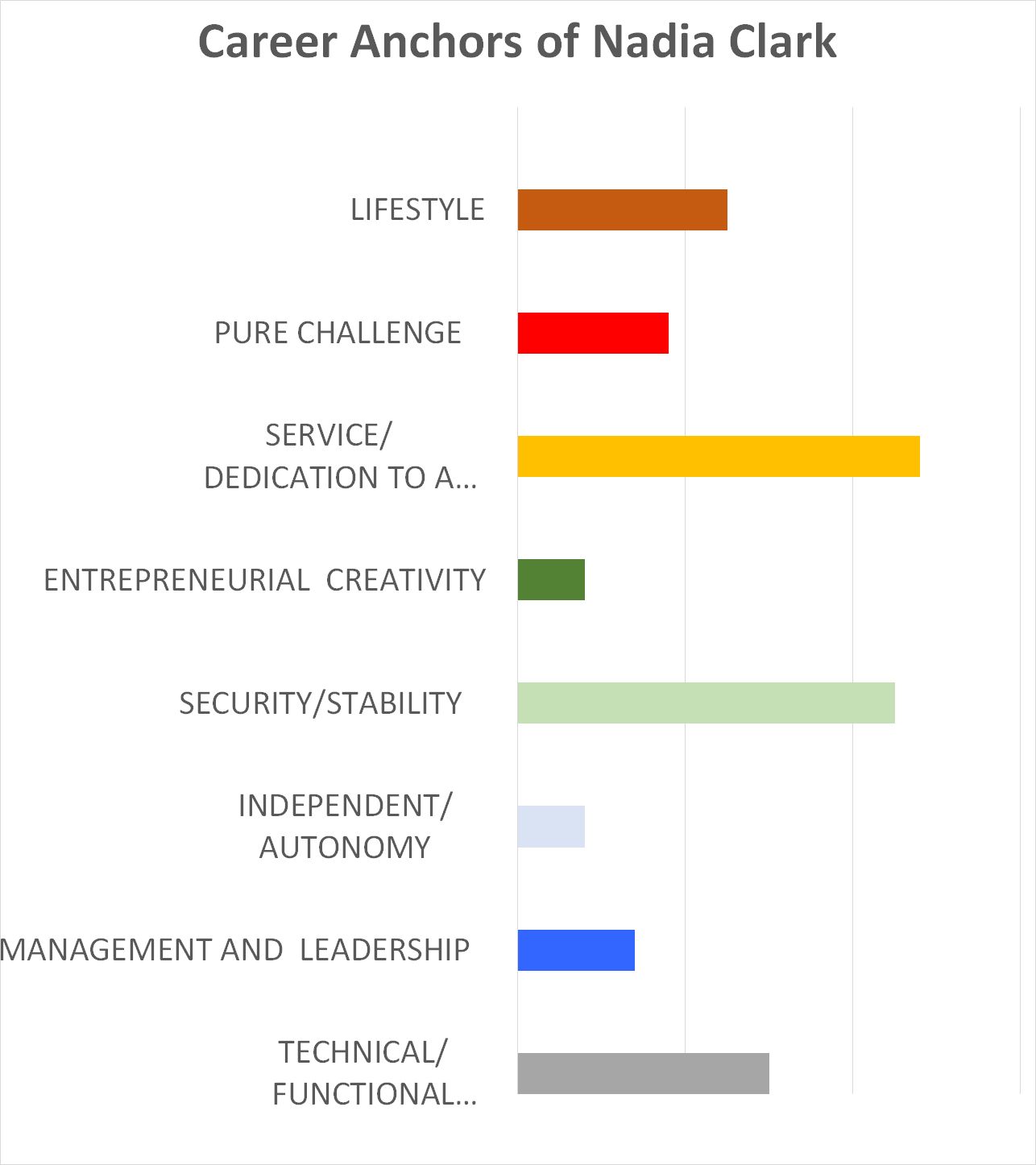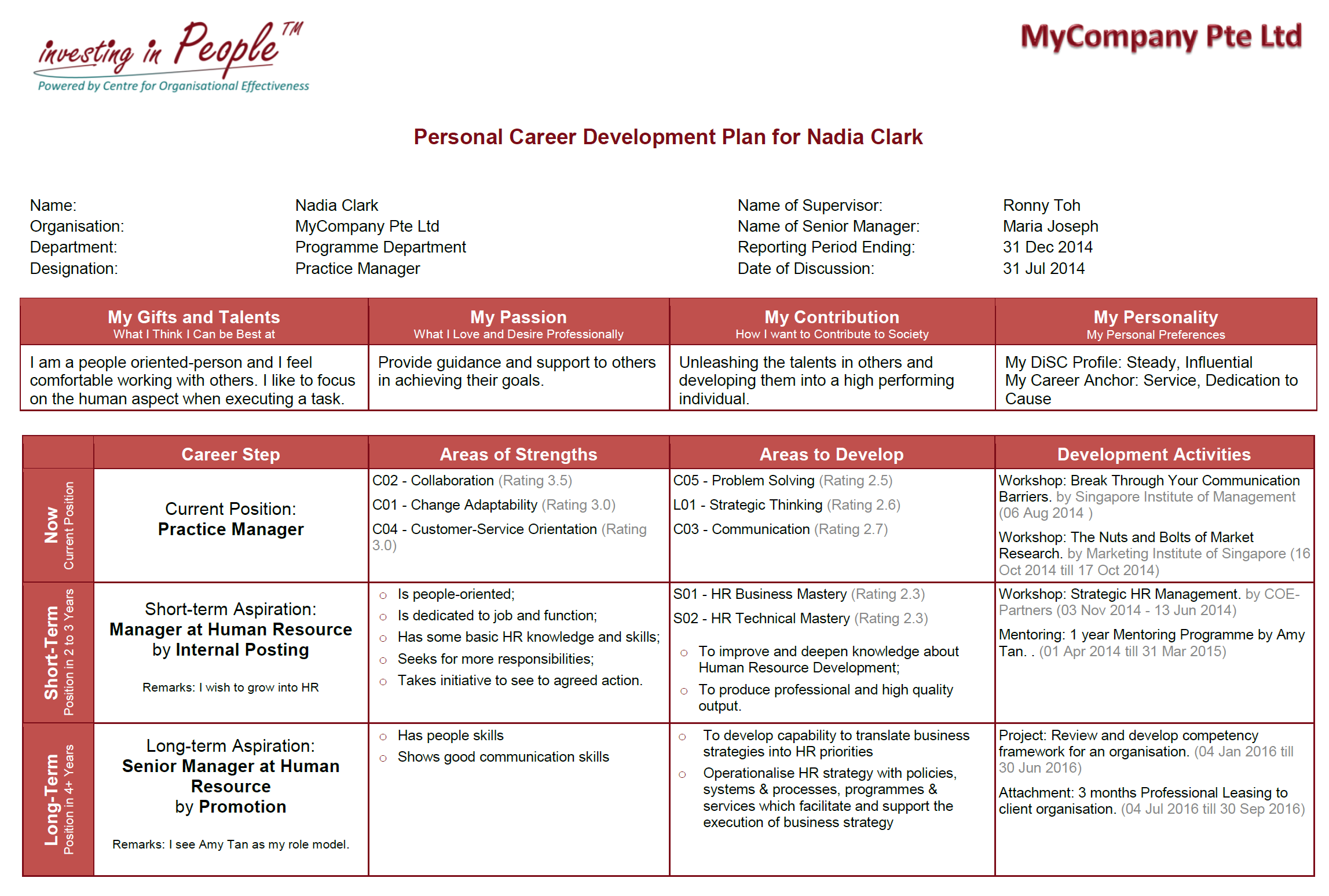Navigating Your Career Aspirations
Taking Care of Your Own Career Plan
I would like everyone in our organisation to have his personal career plan in his hands shortly after joining us
was the message we received from Jason, the leader of a social sector organisation. As he explained, it was not easy to attract people to join his team of around 600. The lack of attraction of the jobs in his organisation in the eye of the youth, especially fresh graduates, was the driver for his request. Therefore, giving a clear career track with attractive opportunities was to help addressing this issue.
First of all, career planning goes beyond presenting a nice picture that depicts the roadmap from junior towards senior positions. It involves customisation of this roadmap for each individual. I.e., matching current and future foreseeable career needs with the options available within and beyond the organisation. It also includes developing necessary competencies for present or future jobs. This means, the acquisition of knowledge, skills and specific personal attributes.
Before being able to show a Personal Career Plan as presented below for Nadia Clark, a member of another organisation, Nadia has been crafting her plan together with her supervisor by completing the following steps:
Designing a Career Roadmap
A career roadmap should be designed with reference to the market benchmark so that employees see their growth and development beyond the organisation they work for. Benchmarks such as required qualification, professional experience and years of service are to be reflected. Additionally, job titles, in particular in today’s competitive environment, should be taken into consideration. Besides this, with the shift towards competency-based human resource management practices, we need multiple career tracks that allow employees with different strengths to grow horizontally rather than on a single vertical career path.
Translating Career Roadmap into Personal Career Development Plan
Step 1: Reviewing Personal Career Aspirations
Firstly, in order to translate the career roadmap for Nadia, she needs to first explore her career aspirations. During the career exploration stage, questions about her personal gifts, her talents and her passion would be useful to guide her career visioning. Moreover, it might benefit her to analyse personal career motivators (Career Anchors by Edgar Henry Schein) and personality profiles such as DiSC because certain personality characteristics match some roles better than others. Using this helpful information, Nadia has specified her short-term career aspiration – usually for a timeframe of 2 to 3 years – as Manager at Human Resource. Additionally, Nadia has stated her long-term career aspiration as Senior Manager at Human Resource that she would like to attain after 4 years.
Step 2: Identifying Capability Gaps
Secondly, Nadia has assessed her competency level against her current position and has realised that she has some development needs. Additionally, she went through the competency assessment for her short-term career aspiration and detected, not surprisingly, that she needs to build up some vital HR competencies.
Step 3: Establishing a Career Plan
Nadia has, together with her supervisor, selected a list of development activities that will certainly help her to close competency gaps now and for future positions. With a documented plan agreed together with the supervisor, Nadia is now motivated and can use the plan to navigate her learning and growth with the organisation. As for the supervisor, it serves as a good reference for on-going performance coaching and development dialogue to aid her growth in work and life.
Conclusion
Jason’s request for offering a Personalised Career Plan was firstly targeting on retaining and attracting people. However, his vision has served as a trigger to implement a wide-ranging competency-based career development process. This process became part of recruitment, talent development and performance management for all employees.
Additionally, it does serve as employment value proposition to potential and existing employees.
To accomplish this, employees and supervisors need to spend some time on going through this career planning process. However, it is about planning their professional life. Why wouldn’t they be interested in participating in this?







